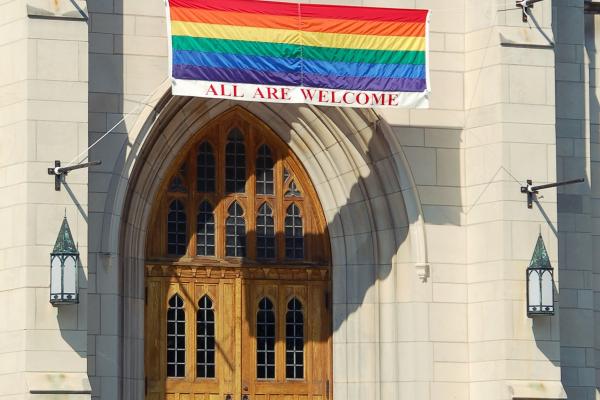This week the National Center for Transgender Equality released the findings from the 2015 U.S. Transgender Survey — the largest survey examining the experience of transgender people in the United States ever completed. The survey examined the experiences of nearly 28,000 people who identify as transgender, nonbinary, genderqueer, agender, or who use another term beneath the transgender umbrella.
The people who chose to take part in this landmark survey answered questions about everything from experience with harassment in bathrooms, to level of acceptance from family members, to interactions with law enforcement, to party affiliation and employment status. Although only seven questions on the survey directly address religion and engagement with faith communities, the data presented in the final report can help America’s churches live into their calling as true sanctuaries. People of God, are you listening?
Read the Full Article

